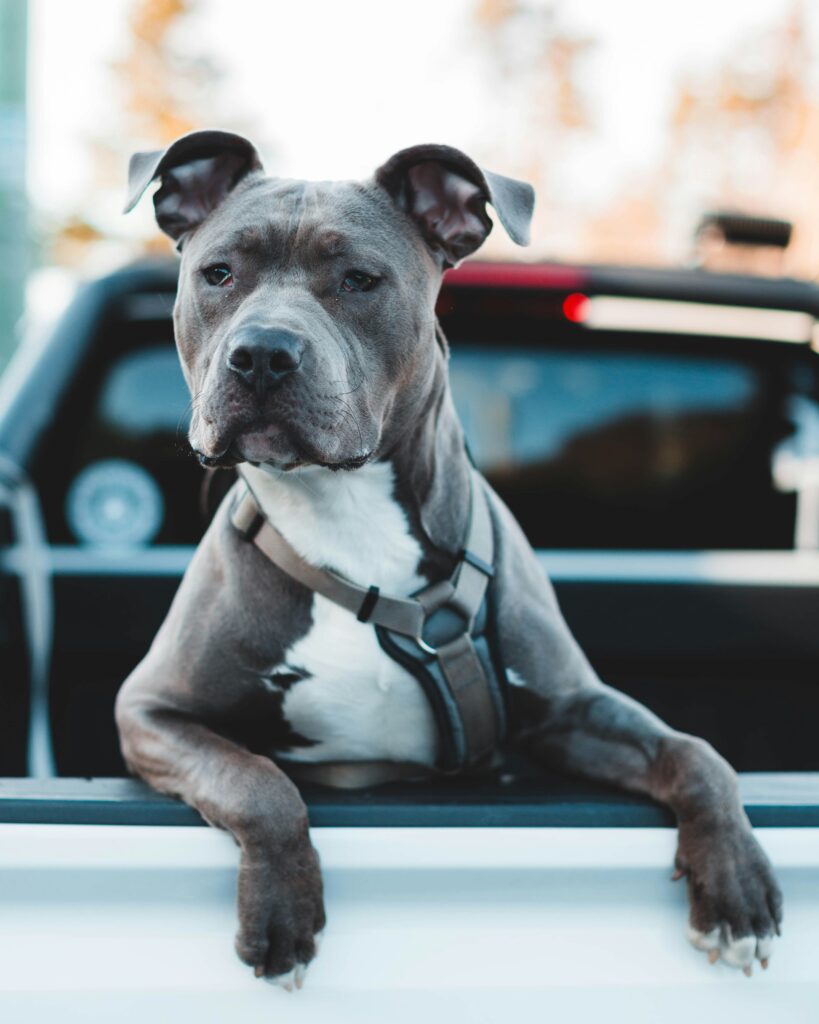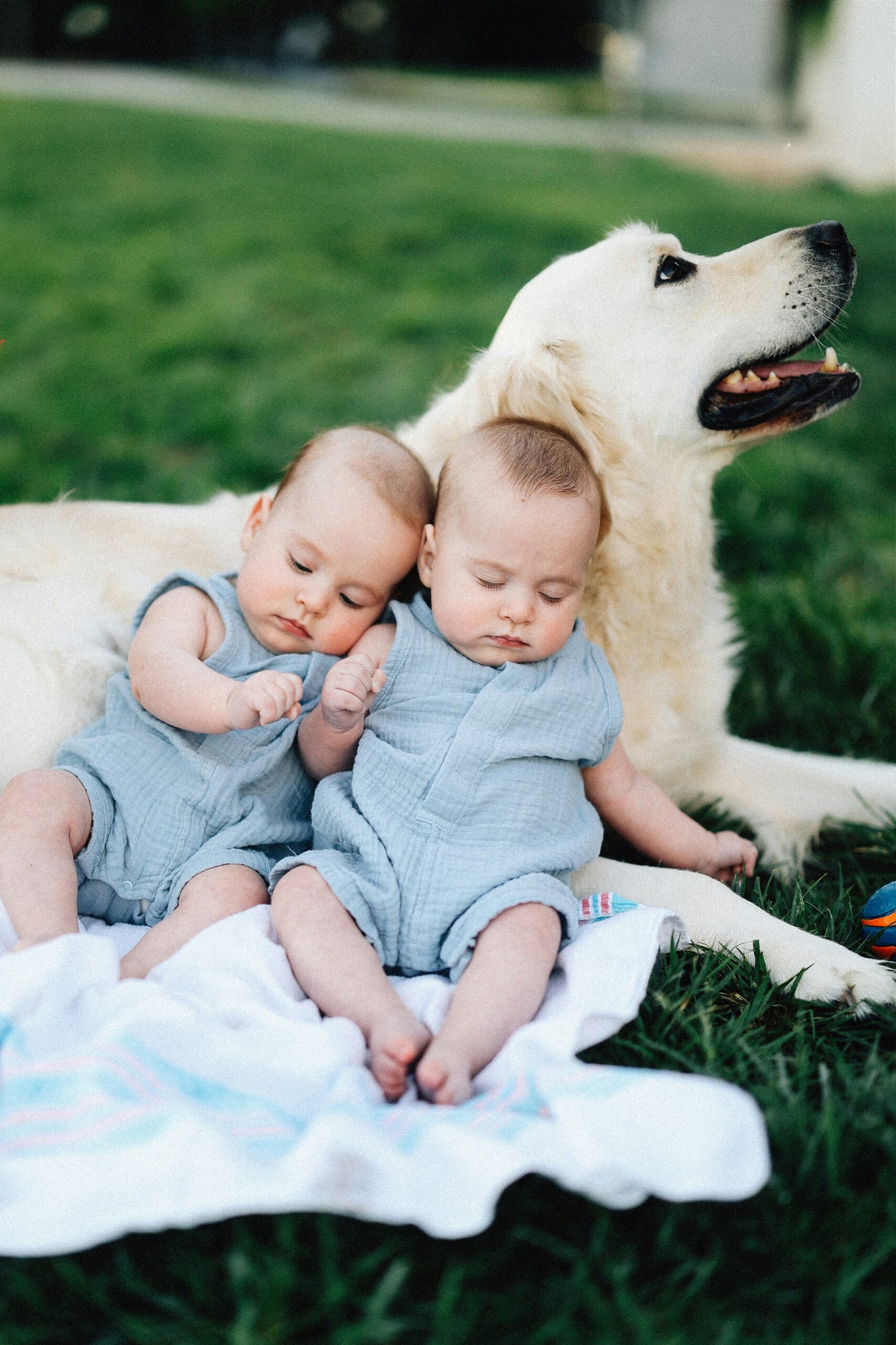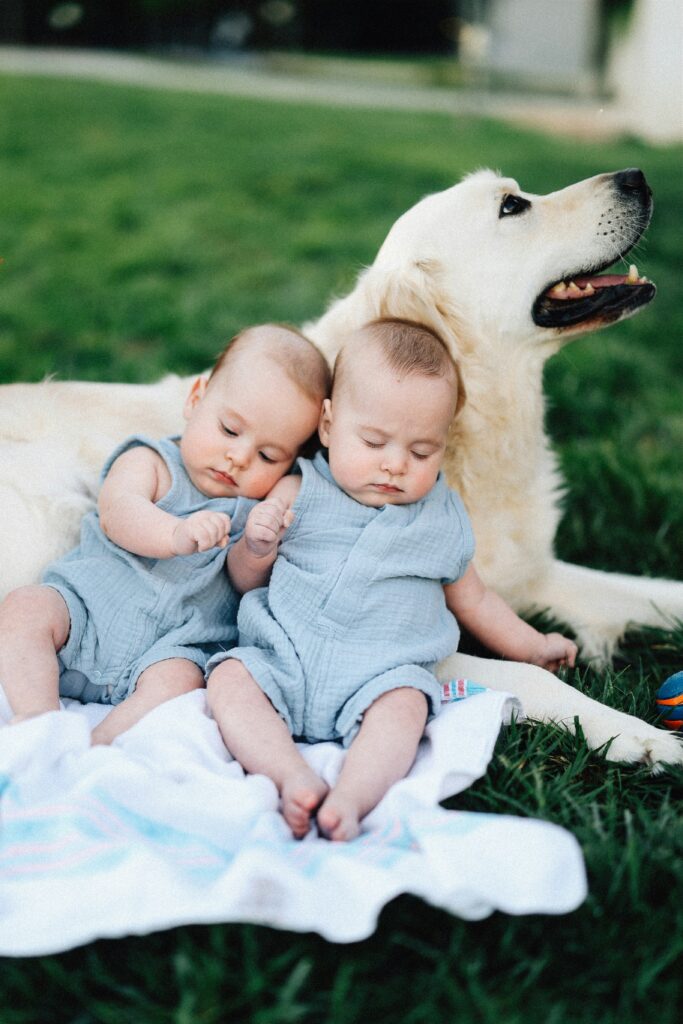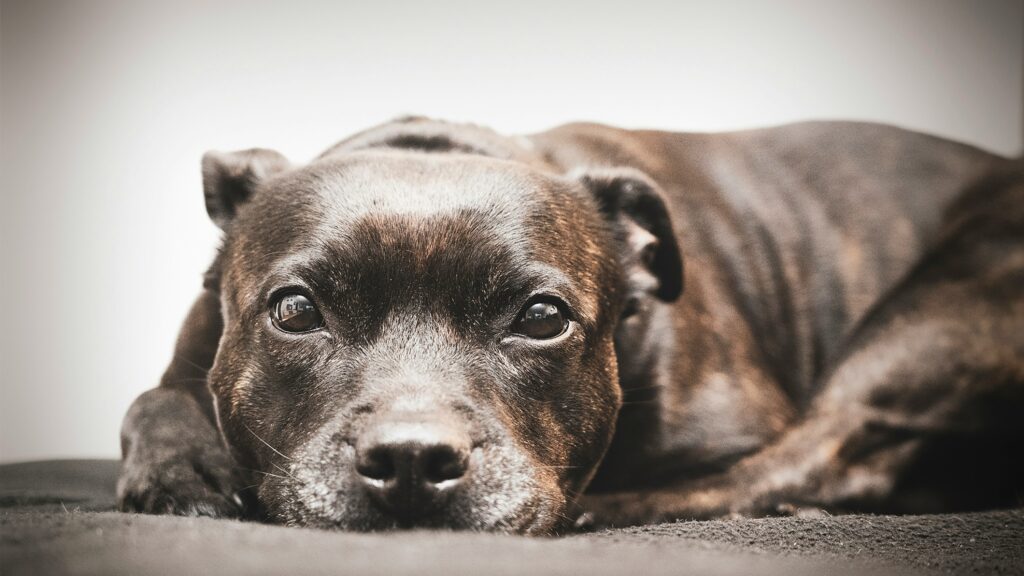If you’ve ever found yourself scratching your head over the differences between a Staffordshire Bull Terrier and a Pitbull, you’re not alone. These two breeds often get mixed up due to their similar looks and shared history. But trust me, they’re not the same, and understanding the nuances between a Staffordshire Bull Terrier vs Pitbull can make a huge difference if you’re thinking about bringing one into your home. In this article, we’re diving deep into their origins, physical traits, temperaments, and even tackling questions like “Are Staffies Pitbulls?” So, grab a cup of coffee, and let’s chat about these amazing dogs!
History and Origin of Staffordshire Bull Terrier vs Pitbull
Let’s start with a little history lesson, shall we? The Staffordshire Bull Terrier, often just called a “Staffy,” hails from England, specifically the Staffordshire region (no surprise there!). Back in the 19th century, these dogs were bred for bull-baiting—a brutal sport that’s thankfully long gone. When that was banned, they were used in dog fighting, but breeders eventually focused on creating a more family-friendly companion. The result? A tough but affectionate dog that’s now one of the UK’s most beloved breeds.
On the other side of the ring, we’ve got the Pitbull, a term that’s actually a bit of a catch-all. It usually refers to the American Pit Bull Terrier, but it can also include breeds like the American Staffordshire Terrier. Pitbulls also trace their roots to England, where they were bred from bulldogs and terriers for similar purposes as Staffies—bull-baiting and later dog fighting. Many were brought to the U.S., where they were further developed into the muscular, powerful dogs we know today. So, when we talk about Staffordshire Bull Terrier vs Pitbull, we’re looking at two breeds with overlapping histories but distinct paths.

Physical Characteristics: Staffordshire Bull Terrier vs Pitbull Size
Alright, let’s get into the nitty-gritty of how these dogs stack up physically, especially when it comes to Staffy vs Pitbull size. Staffordshire Bull Terriers are generally smaller than Pitbulls. A typical Staffy stands about 14-16 inches tall at the shoulder and weighs between 24-38 pounds. They’ve got a compact, muscular build that makes them look like little tanks—solid and stocky, but not overly bulky.
Pitbulls, on the other hand, are usually a bit larger. They stand around 17-21 inches tall and can weigh anywhere from 30 to 60 pounds, sometimes even more depending on the specific line or mix. Their build is also muscular, but they often appear leaner and more athletic compared to the Staffy’s chunkier frame. So, in a Staffordshire Bull Terrier vs Pitbull size comparison, the Pitbull typically takes the lead in height and weight, though there’s some overlap depending on the individual dog.
Facial Features: Pitbull vs Staffy Face
Now, let’s zoom in on their mugs. When comparing Pitbull vs Staffy face, there are some telltale differences that can help you spot which is which. Staffordshire Bull Terriers have a broad, short head with a pronounced stop (that’s the dip between their forehead and muzzle). Their muzzle is shorter, and they often have a bit of an underbite, giving them a cheeky, almost smiling expression. Their eyes are round and dark, adding to that friendly vibe.
Pitbulls, meanwhile, have a slightly longer muzzle and a more squared-off head. Their stop isn’t as dramatic as a Staffy’s, and their jawline looks incredibly powerful—think of that classic “lockjaw” stereotype (which, by the way, isn’t true). Their eyes are often almond-shaped, giving them a more intense gaze. So, if you’re trying to distinguish a Pitbull vs Staffy face, look for the Staffy’s shorter snout and “smiley” look versus the Pitbull’s longer, more serious features.
Temperament and Behavior: Staffy vs Pitbull Comparison
Let’s talk personality because that’s where these breeds really shine—and sometimes get misunderstood. When it comes to a Staffy vs Pitbull temperament comparison, both breeds can be incredibly loving and loyal, but they’ve got their quirks. Staffordshire Bull Terriers are often described as “nanny dogs” in the UK because of their gentle nature with kids. They’re playful, affectionate, and a bit clownish at times. But don’t let that fool you—they’re still strong-willed and need a firm hand in training.
Pitbulls are also super loyal and people-oriented. They thrive on human interaction and can be total cuddle bugs. However, they sometimes have a higher prey drive and can be more protective, which means early socialization is key. Both breeds, unfortunately, get a bad rap for aggression, often due to their fighting history and irresponsible ownership. But here’s the truth: neither a Staffy nor a Pitbull is inherently aggressive. It’s all about how they’re raised and trained. So, when debating Staffordshire Bull Terrier vs Pitbull behavior, remember that environment and upbringing play a massive role.
Are Staffies Pitbulls? Clearing the Confusion
Okay, let’s tackle a big question head-on: Are Staffies Pitbulls? I get why there’s confusion—both breeds look similar, and they share some ancestry. But no, Staffies are not Pitbulls. The Staffordshire Bull Terrier is a distinct breed recognized by kennel clubs like the AKC and UKC. Pitbull, as I mentioned earlier, often refers to the American Pit Bull Terrier or related breeds like the American Staffordshire Terrier (which is closer to the Staffy in some ways).
Historically, they’re connected because they were all bred from similar stock—old English bulldogs and terriers. But over time, they were developed for slightly different purposes and in different regions. So, while there’s a link, asking “Are Staffies Pitbulls?” is like asking if a Golden Retriever is a Labrador. They’re related, but they’re not the same. Hopefully, that clears up the mix-up when comparing Staffordshire Bull Terrier vs Pitbull!
Strength and Abilities: Staffy vs Pitbull – Who Would Win?
Now, let’s get into a question I know some of you are curious about: Staffy vs Pitbull, who would win in a hypothetical showdown? First off, I want to stress that pitting dogs against each other (pun intended) isn’t something we should encourage. These dogs are companions, not fighters. But for the sake of discussion, let’s break down their strengths.
Staffordshire Bull Terriers are incredibly strong for their size. They’ve got a low center of gravity and a ton of muscle packed into a small frame, making them surprisingly powerful. Pitbulls, being larger, often have the edge in raw strength and endurance. They’re known for their tenacity and athleticism, which is why they’ve historically been used in more demanding roles. In a Staffy vs Pitbull who would win scenario, it’d likely come down to the individual dog’s size, training, and temperament rather than a clear breed advantage. But honestly, let’s focus on who wins at cuddling on the couch instead, okay?
Staffordshire Bull Terrier Pitbull Mix: What to Expect
Speaking of unique dogs, have you ever considered a Staffordshire Bull Terrier Pitbull mix? These crossbreeds are becoming more common, and they’re a fascinating blend of both worlds. Physically, a Staffy-Pitbull mix might lean toward either parent in terms of size, but they often end up somewhere in the middle—think 15-20 inches tall and 30-50 pounds. Their coat is usually short and can come in a variety of colors, just like both breeds.
Temperament-wise, a Staffordshire Bull Terrier Pitbull mix can be a real sweetheart if socialized properly. They often inherit the Staffy’s playful, affectionate side and the Pitbull’s loyalty and protectiveness. However, they can be strong-willed, so consistent training is a must. Make sure to give them plenty of exercise—both mental and physical—to keep them happy. If you’re thinking about adopting a Staffy-Pitbull mix, be prepared for a high-energy, loving companion who’ll need your time and attention.
Care and Training Needs for Staffordshire Bull Terrier and Pitbull
Let’s chat about what it takes to keep these dogs happy and healthy. Whether you’re looking at a Staffordshire Bull Terrier vs Pitbull, both breeds have similar care needs, but there are some differences to note. Exercise is huge for both. Staffies need about an hour of activity a day—think walks, playtime, or even some backyard agility games. Pitbulls often need a bit more, especially Ascending (1-2 hours daily) due to their higher energy levels. They’re built for action, so long walks, runs, or even dog sports like weight pulling can be great for them.
Training is another area where both breeds shine if you put in the effort. They’re smart, but they can be stubborn, so consistency and positive reinforcement work best. Socialization is critical, especially when comparing Staffy vs Pitbull needs, as both can be wary of other dogs if not exposed early. Start young, introduce them to different people, places, and pets, and you’ll have a well-rounded pup. Remember, when discussing Staffordshire Bull Terrier vs Pitbull care, patience and love go a long way—these dogs just want to please you.
Conclusion
So, there you have it—a deep dive into the world of Staffordshire Bull Terrier vs Pitbull. We’ve covered everything from their shared history to differences in Staffy vs Pitbull size, facial features (Pitbull vs Staffy face), and even hypothetical strength matchups (Staffy vs Pitbull who would win). We’ve cleared up the confusion around “Are Staffies Pitbulls?” (spoiler: they’re not!) and explored what a Staffordshire Bull Terrier Pitbull mix might be like. At the end of the day, both breeds are incredible in their own right—loyal, strong, and full of personality. Choosing between them comes down to your lifestyle, space, and what kind of companion you’re looking for. Whether you go for a Staffy’s compact charm or a Pitbull’s athletic energy, you’re in for a lifelong friend. So, which one’s caught your heart? Let me know—I’d love to hear!



